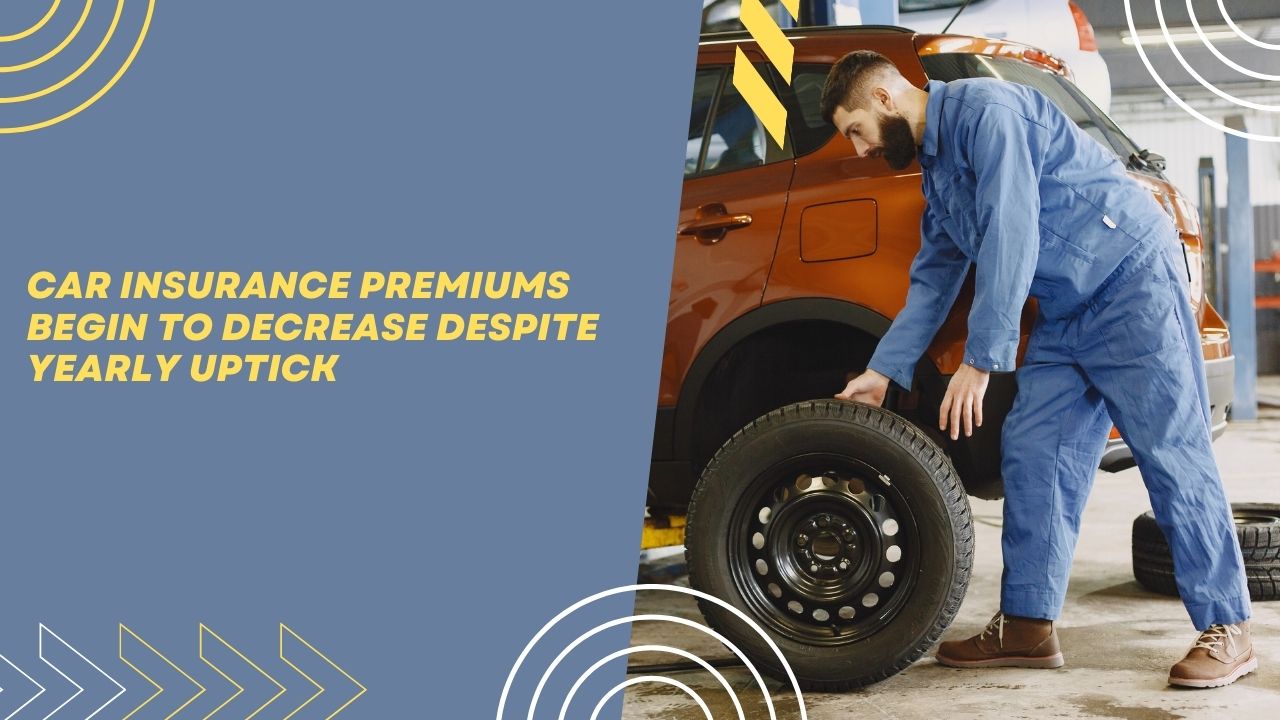Interestingly, car insurance premiums have started to decline, even as policy holders see their premiums increase every year. This unexpected phenomenon has caused the interest and interest of drivers and industry experts. Let’s look at the reasons for this decline and the impact on consumers.
General trend: prices increase from year to year
In the past, car insurance premiums increased every year. This growth can be caused by a number of reasons, including:
Inflation: As the cost of living increases, so do the costs associated with auto repairs, medical bills, and other claims-related costs. Increased claims: An increase in the number of claims filed in a given year leads to higher premiums as insurance companies adjust rates to cover these costs.
Advances in vehicle technology: Although newer vehicles are safer, the technology used may require expensive repairs or replacements, increasing costs.
A surprising drop
Despite these unique circumstances, recent data shows a decline in auto insurance premiums. Several important factors contributed to this unexpected situation:
Better driving habits: The COVID-19 pandemic has reduced traffic and driving overall, resulting in fewer accidents and claims. This allows insurance companies to lower premiums. Telematics and performance-based insurance: More and more insurance companies are adopting telematics, which allows them to monitor driving behavior and offer rewards to safer drivers. This road-use can lower costs for careful drivers.
Increasing competition: The auto insurance market is very competitive, and insurance companies are always looking for ways to attract and retain customers. This competition results in better premiums for policyholders.
Legislative changes: In some areas, legislative changes and government intervention are aimed at making car insurance more affordable, thereby lowering premiums. What this means for policyholders
For consumers, lowering car insurance premiums is good news. Lower prices mean more savings, but it’s important to understand how this feature works:
Shop around: Even if your premium is lower, it’s important to compare quotes from multiple insurance companies to find the best rate for your specific needs and driving habits.
Consider Performance Insurance: If you’re a safe driver, check out cell phone and performance-based insurance plans that reward good driving behavior with low premiums.
Check your coverage: Review your auto insurance policy regularly to make sure it meets your needs. Plan your coverage and take out as needed to balance the cost and protection. Discounts: Many insurance companies offer discounts for various reasons, such as combining policies, having a good driving record, or installing anti-theft devices. Take advantage of this discount.
While the decline in interest rates is encouraging, future trends need to be carefully scrutinized. Factors such as economic recovery, changes in driving behavior and advances in vehicle technology may influence premium rates in the coming years. Staying informed and proactive in managing your auto insurance policy will help you deal with these changes effectively.
Although car insurance premiums tend to increase from year to year, the decline in car insurance premiums is a positive development for policy holders. By understanding the factors that drive this trend and taking the time to manage their policies, consumers can benefit from more affordable insurance. As the auto insurance landscape continues to evolve, staying informed and adaptable is key to maximizing savings and ensuring adequate coverage.
